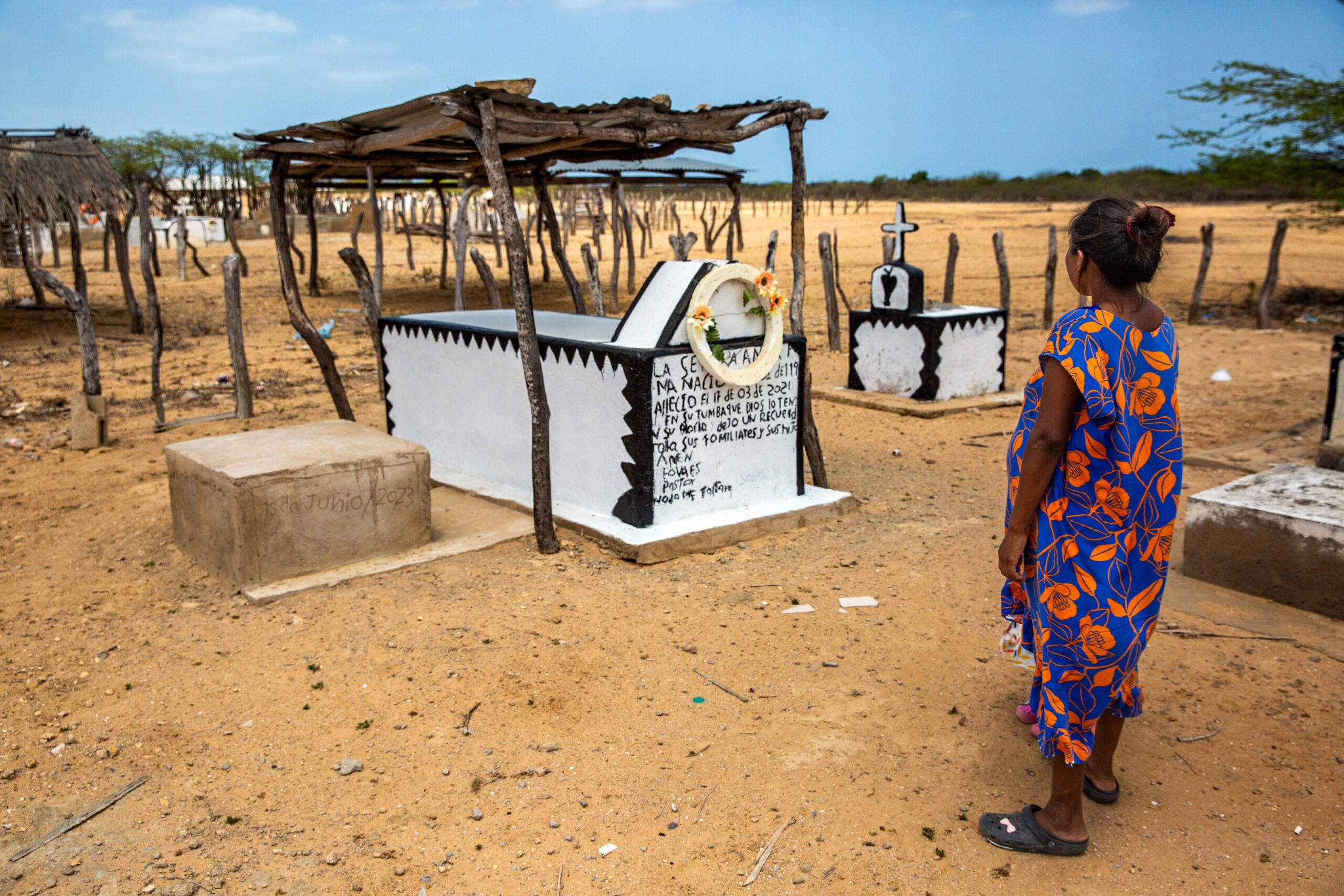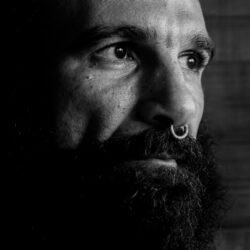
Antonio Cascio

PX3 Prix de la Photographie Paris 2024 – State of the World
Curatorial Selection – Dying of Hunger and Thirst in La Guajira
Q: How has your personal background or life experiences influenced the global issues and stories you choose to capture through your photography?
I grew up in a small town in Sicily and studied in Palermo, a place with diverse realities, including violence and extreme poverty. This helped me to empathise with forgotten people, victims of injustice, and the anger of those who fight for their rights.
Living in different countries and working with activist groups has also given me a unique perspective on exploring and documenting cultures from around the world.
Q: What inspired you to submit your work to The State of the World competition, and how has receiving this recognition from PX3 impacted your journey as a photographer?
I decided to submit my work to The State of the World competition because I think this story needs to be told to the world. I hope it can help Wayuus communities be heard and supported by public institutions or international organisations.
In these critical times, it is essential to spread awareness about the disproportionate suffering caused by the climate crisis and how the most vulnerable communities carry the heaviest burden. All of this, while the global north continues to use fossil fuels with harsh consequences in the global south.
Q: Can you take us behind the scenes of your winning series? What was the story you aimed to tell, and did any unexpected moments shape the final result?
I worked on this story with my journalist and life partner, Natalia Torres Garzón. We aimed to tell the story about the humanitarian crisis affecting the Wayuu communities because we believe a story of children dying of hunger and thirst should not go untold. The situation we found was worse than we expected. Living without water and food creates a very apocalyptic scenery. We had already worked in territories with extreme poverty, but La Guajira faces such a critical situation of need that it broke our hearts.
At least two events marked us particularly. The first event took place during our first night sleeping in a community, when, at dawn, an ambulance picked up one-year-old Mateo, who was suffering from malnutrition. The second event took place while accompanying a health brigade in a remote Wayuu hamlet. Children had changed hair colour due to the high level of malnutrition, while in the cemetery of this small community, multiple child graves evidenced the seriousness of the situation. For me, it was difficult to imagine a reality this cruel happening on my side of the world.
Q: Your work highlights some of the most crucial and pressing issues in today’s world. How do you balance technical precision with the raw emotion needed to create a powerful, thought-provoking image?
Working with people who are deeply suffering can be emotionally challenging. It’s important to maintain a balance between empathy and professionalism. Remembering the significance of my work to highlight these issues motivates me to focus on capturing right, respectful and sensitive photographs.
Q: Photography has the ability to raise awareness, shift perspectives, and even inspire action. What role do you believe visual storytelling plays in addressing global challenges?
Photojournalists have the fundamental role of witnessing reality, even the hardest. Many times, it transports people to other realities, influencing public opinion and sometimes can even push governments and institutions to take action once they can no longer ignore the problem.
Q: Your winning image is a reflection of an important moment or reality—how do you approach the responsibility of documenting such impactful stories?
Reporting on such an impactful story carries significant responsibility, and this is part of the job. I put my heart into each story I cover and give the utmost respect to the people I photograph.
Q: Looking ahead, are there any social or environmental themes you feel compelled to explore further through your work?
Hunger, institutional abandonment, corruption and climate change are a few of the social and environmental themes I’m exploring and documenting in Colombia with my partner, Natalia Torres Garzón.
Q: What motivates you to continue capturing the world through your lens, and where do you hope to take your work in the future?
I hope my work contributes to fighting against injustice and discrimination. I will continue to report on stories of forgotten people, which gives me hope that something can change for those whose rights are violated or those most affected by the unequal world we live in.